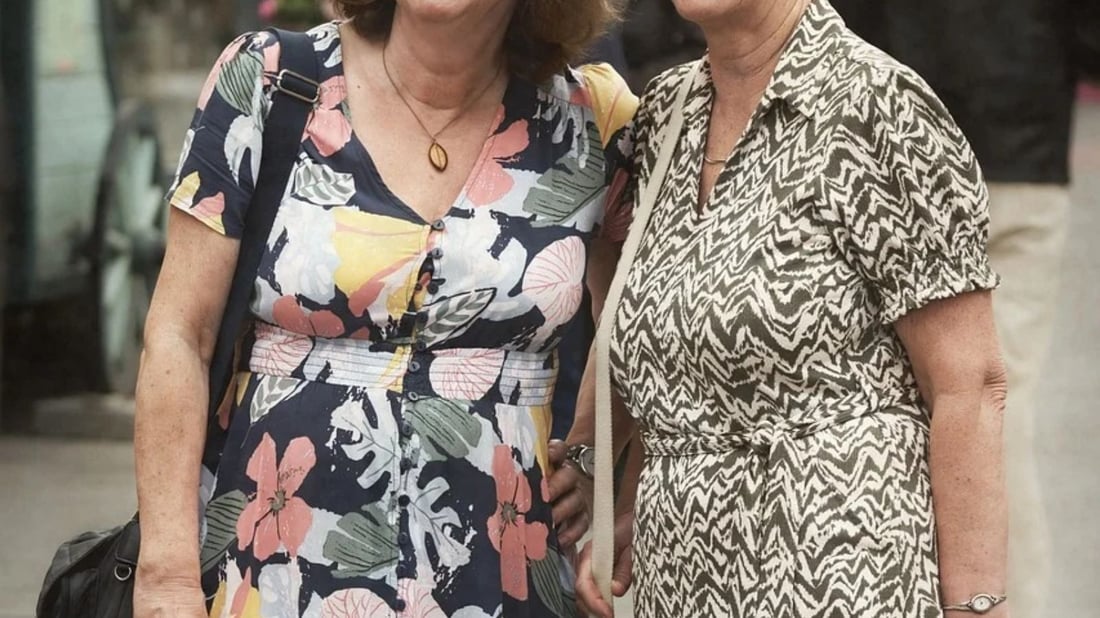The Layer under the Dress: An Essential Guide
Wedding dresses are often the most complicated and layered garments worn by women. They come in different styles and designs, ranging from classic ball gowns to modern A-line dresses. However, despite the variations that wedding dresses may offer, they all have one common feature – the layer under the dress.
What is the Layer under the Dress?
A wedding dress has multiple layers that give it a unique structure and appearance. However, the layer under the dress is known as the petticoat. This essential layer provides the foundation for the wedding dress and determines the overall shape and structure.
The Purpose of the Petticoat
The petticoat has been around for centuries, and it has always had a practical purpose. The layer adds the much-needed volume to the wedding dress, making it more flowing and graceful. Additionally, it gives the dress a distinct shape, allowing the bride to move more freely during the ceremony and reception.
The Different Types of Petticoats
Petticoats come in different styles and designs, depending on the type of wedding dress. Some petticoats are full, circular, and made from tulle, which helps to create the illusion of a ballgown dress. On the other hand, other petticoats are A-line, providing a more streamlined shape to the dress. Additionally, some petticoats are designed to add only minimal volume, ensuring that the dress is more fitted and streamlined.
How to choose the Right Petticoat
The choice of petticoat depends on various factors, including the style and design of the dress, the fabric, and the body shape. For instance, a bride with a pear-shaped body may opt for an A-line petticoat that streamlines the bottom half and accentuates the waistline. Alternatively, a bride looking for a ball gown dress may choose a full petticoat that adds volume and gives the dress a majestic feel.
Caring for the Petticoat
The petticoat is an essential component of the wedding dress and should be cared for accordingly. When storing the dress, it is recommended that the petticoat is hung on a separate hanger, away from the dress. Additionally, if the dress is made from delicate fabric and has intricate details, it is advisable to have the petticoat dry cleaned separately from the dress.
The History of the Petticoat
The petticoat has a rich history dating back to the sixteenth century. During this period, women would wear multiple layers of petticoats to add volume and shape to their dresses. Petticoats were later considered part of the fashion culture during the Victorian era, where they became a fashion statement for women across the globe.
The Evolution of the Petticoat
Over the years, the petticoat has evolved, with designers coming up with newer designs and incorporating innovative fabrics. Modern petticoats are made from lighter materials, allowing brides to move around freely and comfortably. Additionally, designers are now incorporating different colors and patterns into the petticoats, giving the dress a more personalized touch.
Petticoats vs. Crinolines
Crinolines are often confused with petticoats as they both serve a similar purpose. However, crinolines are made from stiffer fabric and often give the wedding dress a more rigid and constricted feel. Unlike the petticoat, crinolines were particularly popular in the 1950s, where they were worn with tea-length dresses.
The Petticoat: A Bridal Must-have
While the petticoat may not get the recognition it deserves, it is an essential component of the wedding dress. The layer gives the dress the necessary volume, shape, and structure, ensuring that it compliments the bride's body shape and accentuates her unique features. As such, every bride should have a petticoat in their wardrobe.

